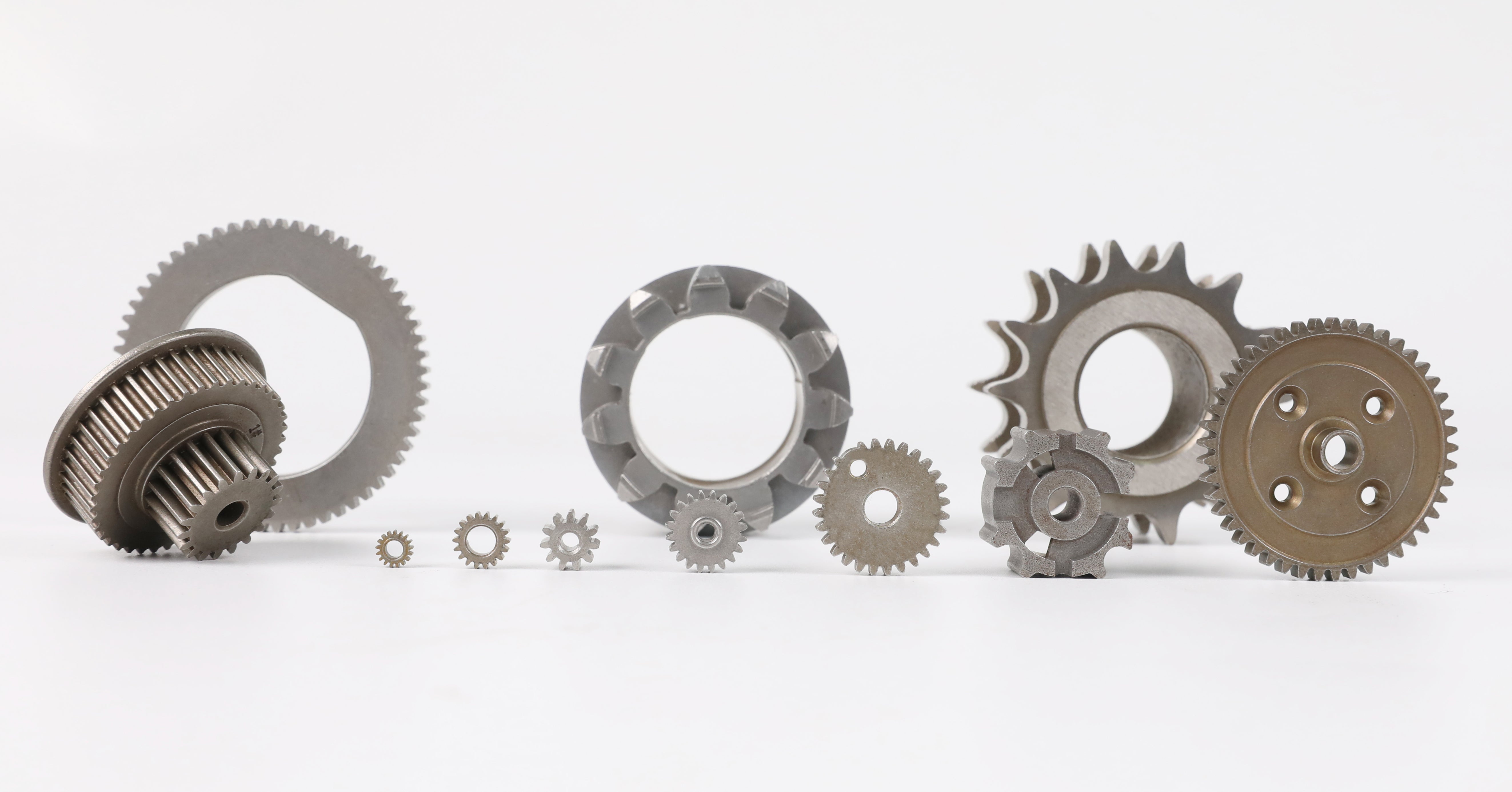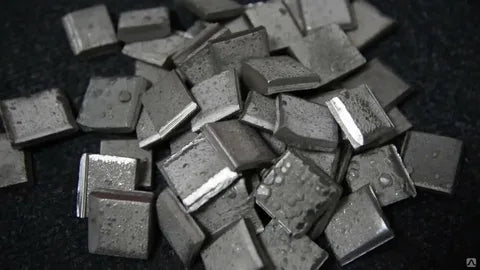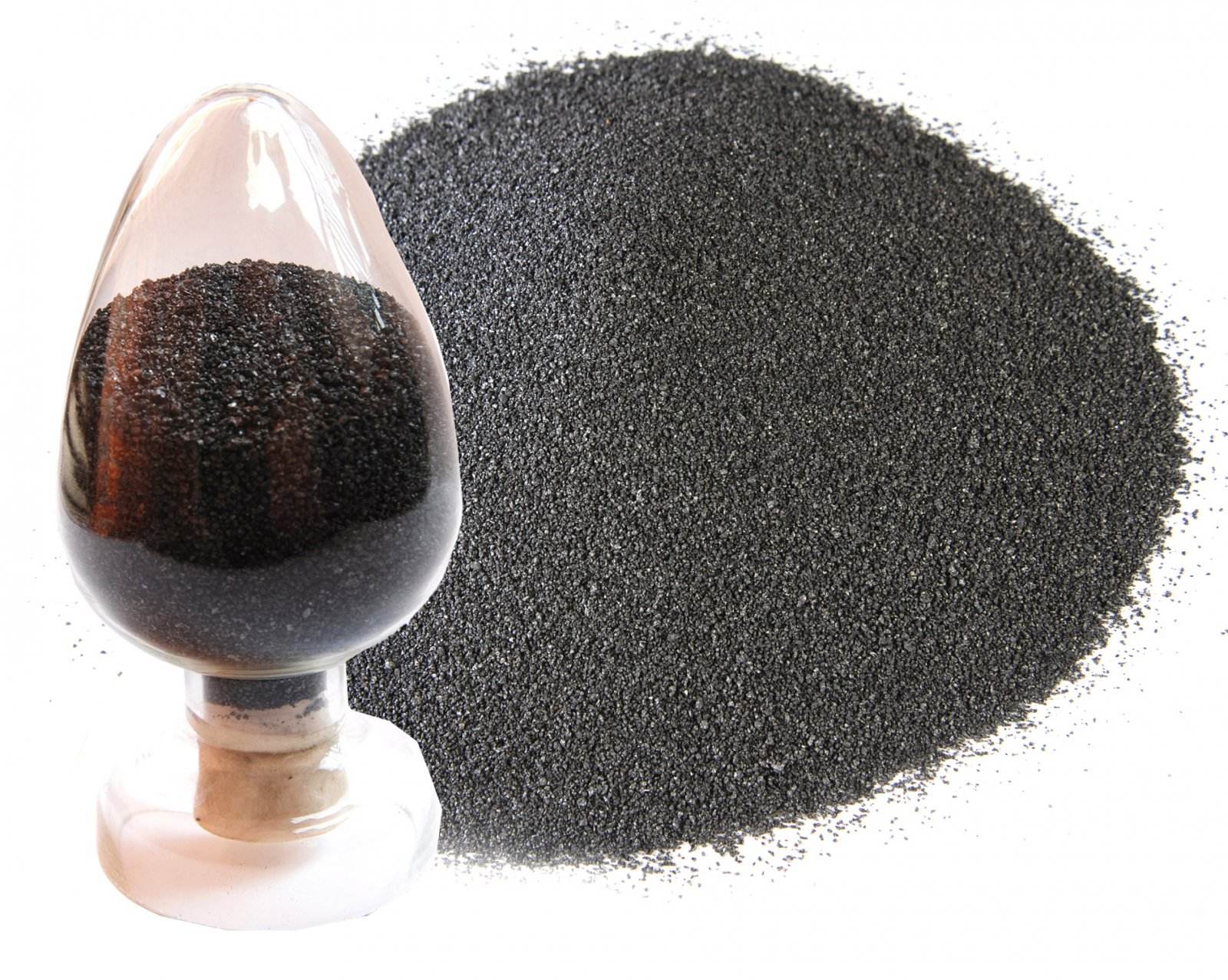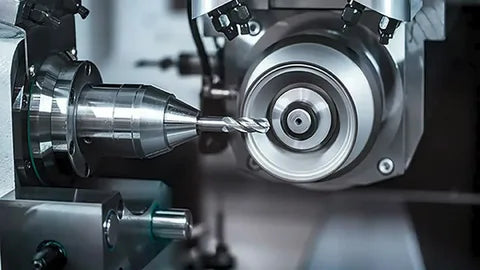Sintering refers to a process of converting powdered materials into dense bodies, which is a very important step in the production process of cemented carbide. The sintering process of cemented carbide can be divided into four basic stages: removal of forming agent and pre-sintering stage; solid phase sintering stage (800℃--eutectic temperature); liquid phase sintering stage (eutectic temperature--sintering temperature); cooling stage (sintering temperature--room temperature). However, due to the complexity of the sintering process and the harsh conditions, it is easy to produce defects and reduce the quality of the product if you don't pay attention. Common sintering defects and causes are as follows:

1. Peeling
Cemented carbide with peeling defects is prone to bursting and powdering. The main reason for peeling is that the contact effect of cobalt in the compact causes the carbon-containing gas to decompose free carbon in it, resulting in a decrease in the local strength of the compact, thereby causing peeling.
2. Holes
Holes refer to pores with a size of more than 40 microns. The main reasons for the formation of holes are: the presence of impurities in the sintered body that are not wetted by the molten metal or the presence of serious segregation between the solid phase and the liquid phase may form holes.
3. Blisters
Blisters will cause convex curved surfaces on the surface of cemented carbide, thereby reducing the performance of the product. The main reasons for the formation of blisters are: 1) Air gathers in the sintered body. During the sintering shrinkage process, the sintered body appears liquid phase and densification, which will cause the air to be unable to be discharged, and then blisters will form on the surface of the sintered body with the least resistance; 2) There is a chemical reaction in the sintered body that generates a large amount of gas. The gas is concentrated in the sintered body, and blisters are naturally generated.
4. Deformation
Common deformation phenomena of cemented carbide include blisters and concave. The main reasons for deformation are: uneven density distribution of the pressed block; serious local carbon deficiency in the sintered body; unreasonable loading of the boat; uneven pad.
5. Black heart
Black heart refers to the part with loose structure on the fracture of the alloy. The main reason for the formation of black heart is: too low or too high carbon content.

6. Cracks
Cracks are a common phenomenon in the sintering process of cemented carbide. The main reasons for the cracks are:
(1) the pressure relaxation of the compact is not immediately displayed when it is dried, and the elasticity recovers quickly during sintering;
(2) the compact is partially severely oxidized when it is dried, and the thermal expansion of the oxidized part is different from that of the unoxidized part.













Share:
New Sintering Technology: Preparing Bulk Metal Parts in 30 Seconds
Importance of Sizing in Powder Metallurgy